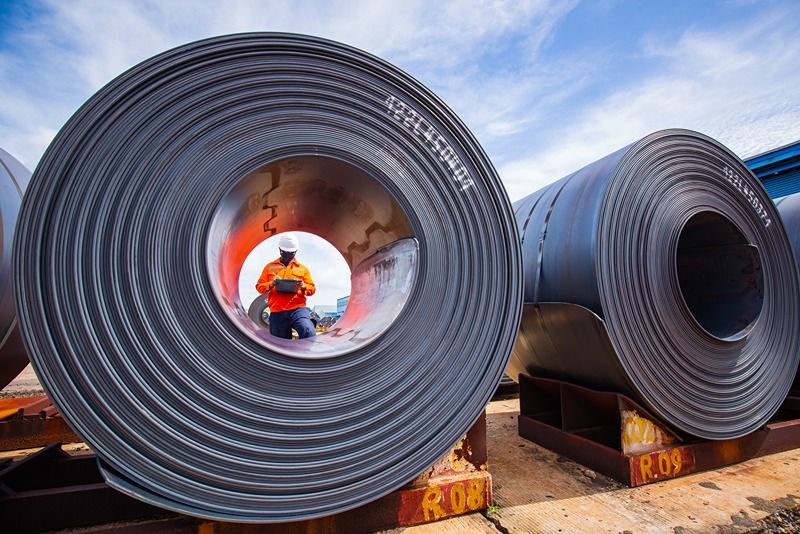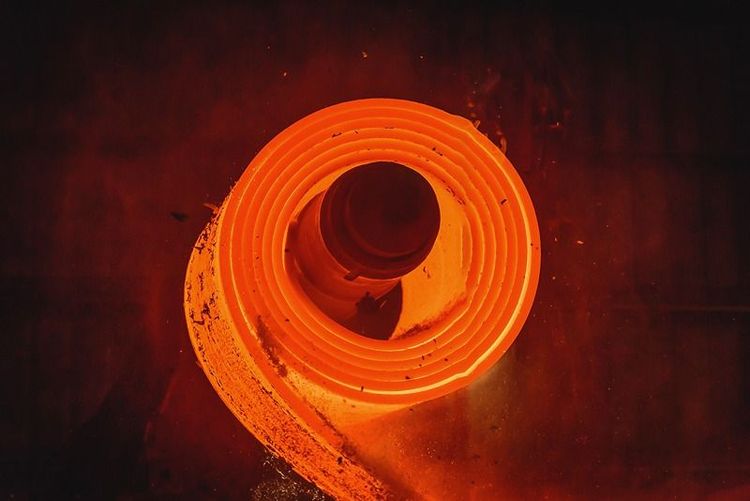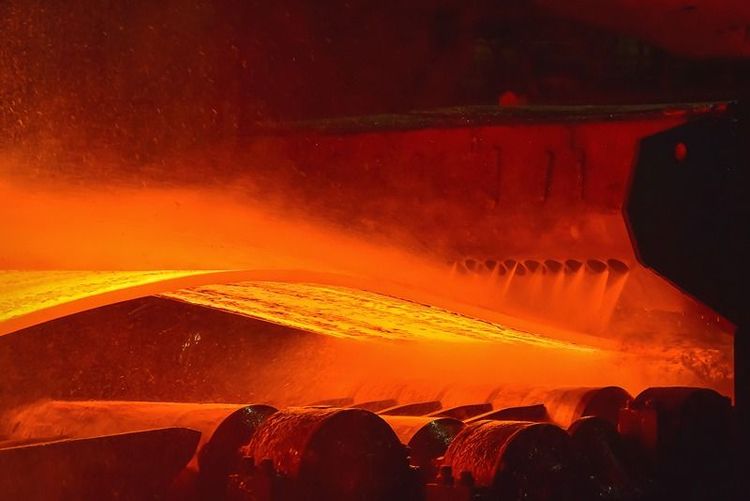Pre-engineered buildings (PEBs) are becoming increasingly important for large-scale projects in India due to their efficiency, flexibility, and cost-effectiveness. Here is an overview of their applications and benefits.
Applications of pre-engineered buildings for large-scale Indian projects
Industrial and warehousing facilities:
PEBs are ideal for warehouses, manufacturing units, and logistics hubs. Their expansive clear spans and customisable layouts allow for efficient use of space.
Infrastructure development:
PEBs are used in airports, railway stations, and other infrastructure projects where rapid construction and durability are crucial. Aircraft hangars are a prominent example, leveraging PEBs for their resilience and open spaces.
Commercial spaces:
PEBs are suitable for retail outlets, office spaces, and recreational facilities. Their aesthetic customisation options and quick assembly make them appealing for commercial developers.
Educational and institutional buildings:
Schools, community centres, and gyms benefit from the open interiors and adaptability of PEBs. Lightweight steel framing ensures excellent thermal performance, improving energy efficiency.
Agricultural uses:
PEBs are used for barns, storage facilities, and livestock shelters, taking advantage of their resistance to environmental factors and ease of expansion.






 +91 7208055523
+91 7208055523
 Help & support
Help & support
